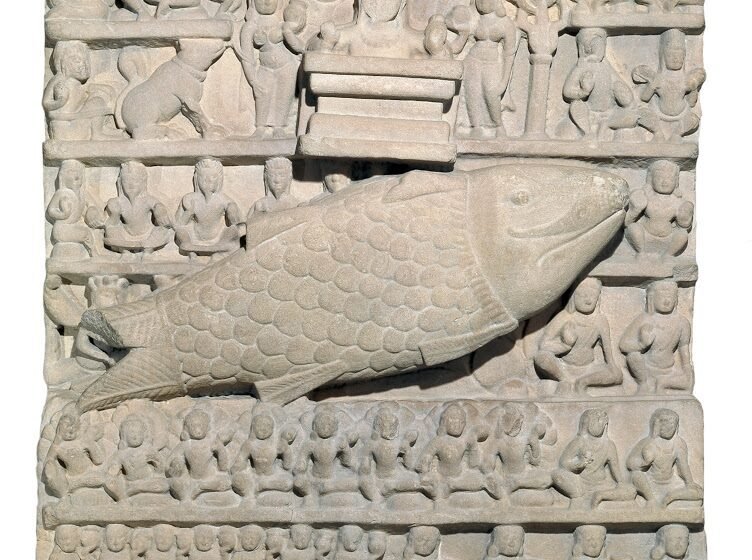History teaches us a lot about places and our culture, but do we ever notice and value the contribution it has given to the world of literature and philosophy? Most of us do not, and just to test on how much you know about history, do you know the meaning of the word Janapada? The […]Read More
Tags : mahajanpada
Kamboja in the works of Panini, which is close to the 5th century BC. Reference to them is found in Mahabharata and Manusmriti. The Kambojas were described as erstwhile Kshatriyas who failed to perform the Brahmanical sacred rituals. Very often and especially these days we see that old buildings are being demolished and new structures […]Read More
Mathura, the capital of this district Shurasen, is known today as a holy place for all Hindus where Lord Krishna was born. It has been mentioned in the Uttarkand of Ramayana that Shurasen had established a new settlement at the place of old Mathura. The Harappans used to live in cities that had well-organised trade […]Read More
The kingdom was named after the Matsya 'fish', which is sacred to the Hindus, which is described in detail in the Matsya Purana, and is one of the incarnations of Vishnu. The mahajanapada of the Macchas(Matsya is often known as Maccha as well.) Read More
The Kuru dynasty was formed (1200 BC-900 BC) in the mediaeval period, in the form of an alliance between the Bharata and Puru clans. He had made Kurukshetra his power centre. And in the Vedic period, the Kurus had made their political centre. Read More
The Vedic Age was between 1500 BC and 600 BC. This is the next major civilization that occurred in ancient India after the decline of the Indus Valley Civilization by 1400 BC. The Vedas were composed in this period and this gives this age the name. The Vedas are also the chief source of information […]Read More
The Chedi dynasty was founded by Chidi belonging to Vidarbha and Yadav dynasties. It is said that the Paurava king Vasu won Chedi after Indra’s request and ruled there. It is said Chedi that was chosen by the Pandavas to spend 13 years of exile. Chedi ruled over large provinces by making his sons governors, […]Read More
The end of the Vedic period saw tribal allegiance make way for territorial allegiance and that the people’s loyalty were getting transferred from tribal organisations to polito-geographical units. This type of development was seen to be reflected in a relationship between the raja and others based on the reciprocity rather than kinship, but there was […]Read More
Over the years people who migrated from Central Asia to the northern Indian subcontinent (which mainly consists of modern day Bangladesh, Bhutan, India, Nepal, Pakistan, and Sri Lanka) are collectively called and recognised as Indo-Aryan people. The migrations started around 1,800 BCE which was basically after the invention of the war chariot. It is pertinent […]Read More
Anga was an ancient kingdom, one of the sixteen Janpadas and the Indian subcontinent. Its capital was Champa, which can also be known as Malini, it was considered one of the greatest cities of the 6th century. It was located in the east of Magadha, which was also considered its rival. It was famous for […]Read More









